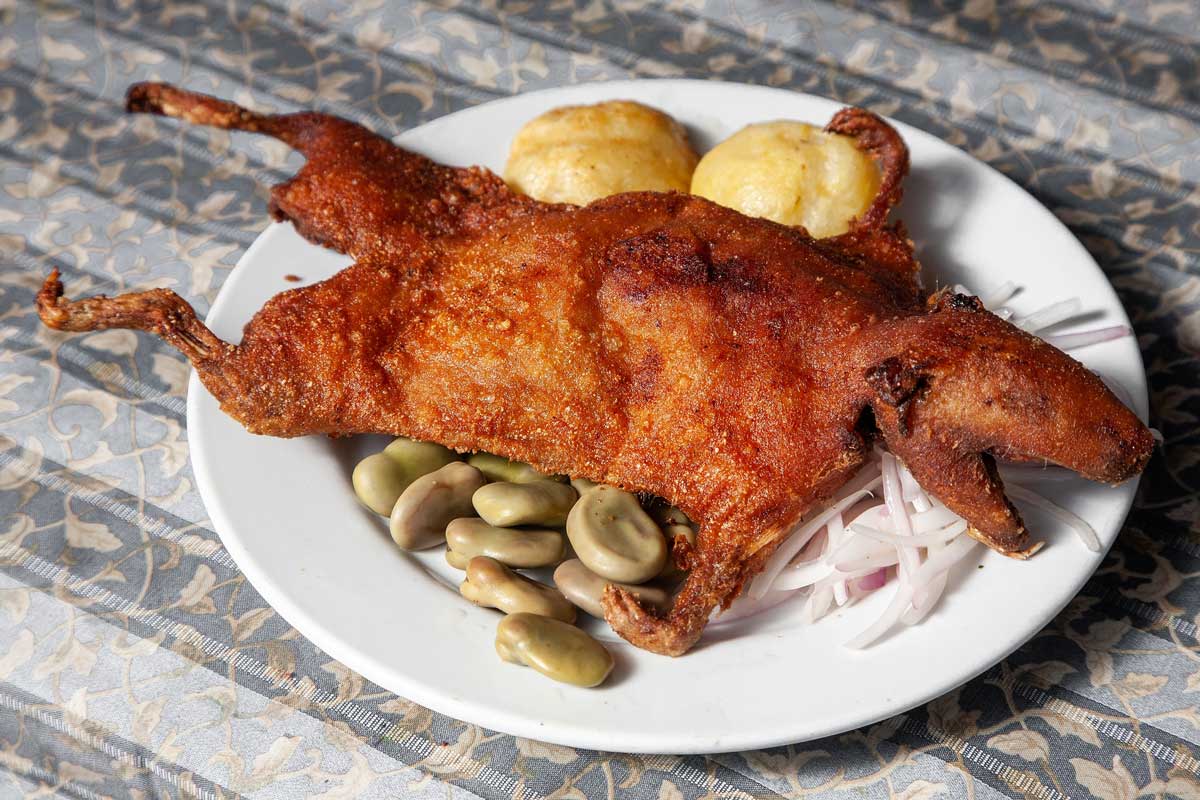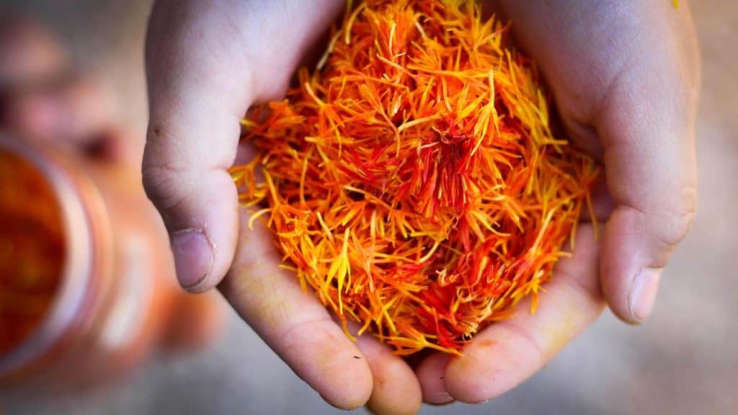hongkongmark.com – In most parts of the world, guinea pigs are cute pets with squeaky voices and floppy whiskers. In the Andes, though, they’re dinner. And not just any dinner — Cuy Chactado is a centuries-old Peruvian dish that represents indigenous tradition, survival, and unapologetic flavor.
From Sacred Animal to National Dish
The word “cuy” comes from the sound these little creatures make — “kwee-kwee.” They’ve been part of Andean life for thousands of years, long before Europeans ever showed up. The Incas domesticated cuy not for companionship, but for nutrition and ritual.
Archaeologists have found mummified guinea pigs in pre-Columbian tombs, offered as sacrifices to Pachamama, the Earth Mother. Fast-forward to today, and they’re still sacred — only now they’re also seasoned and deep-fried.
So What Exactly Is Cuy Chactado?
“Chactado” refers to the way the cuy is cooked — it’s flattened and fried under a heavy stone or pan until it’s crisp and golden brown. No fancy batter, no breadcrumbs, just natural skin turned crackly perfection.
It’s usually seasoned with garlic, cumin, and Andean herbs, then served whole (yes, head and all) with potatoes, corn, or ají sauce. Locals eat it the way you’d eat fried chicken — with your hands, no shame, total satisfaction.
The Flavor and the Experience
Let’s be real — eating cuy for the first time can be psychological warfare if you grew up thinking of them as pets. But get past that, and you’ll find the meat is rich, lean, and slightly gamey, something like duck crossed with rabbit.
The crispy skin is the real star — thin, savory, and addictive. Every bite is a mix of cultural tradition and culinary rebellion.
Cultural Pride on a Plate
Cuy Chactado isn’t just a meal; it’s identity. In cities like Arequipa, Cusco, and Ayacucho, serving cuy is a sign of respect for guests and heritage. During festivals, people dress guinea pigs in tiny costumes before the feast — yes, that’s a real thing — celebrating both life and food in one go.
Even as Peru modernizes, Cuy Chactado remains a reminder of where it all began: mountains, community, and flavor born from the earth itself.
Tourists often gawk at the sight of a deep-fried rodent, but locals roll their eyes — for them, this isn’t “weird food,” it’s comfort food. It’s what grandma made on Sundays. And honestly, once you taste it, you’ll understand why it’s survived for centuries.
Cuy Chactado isn’t trying to be fancy. It’s rustic, bold, and proudly traditional. A crunchy symbol of Peru’s resilience and roots — proof that good food doesn’t need to apologize for where it comes from.





